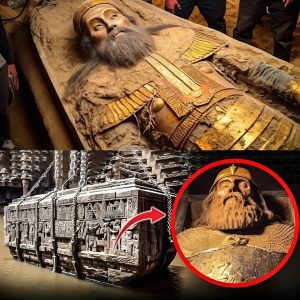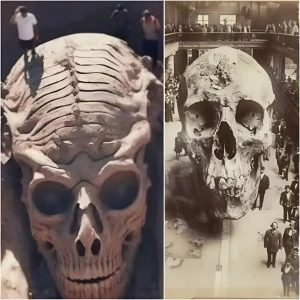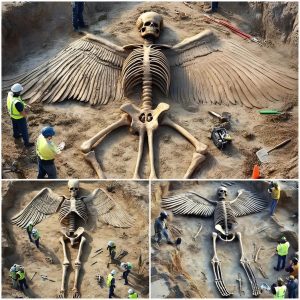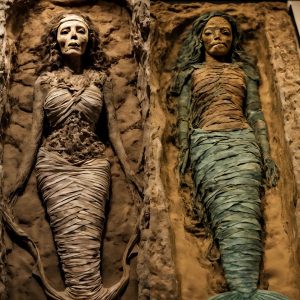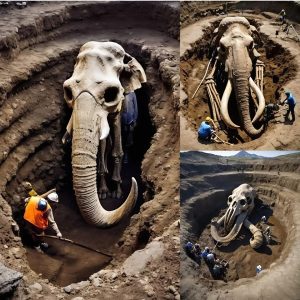The Mütter Museum in Philadelphia, known for its collection of medical oddities and anatomical specimens, houses one of its most fascinating exhibits: the skeleton of conjoined twins. This exhibit not only captivates visitors with its striking appearance but also offers a profound glimpse into the complexities of human development and the medical history surrounding such rare conditions. This article delves into the story behind the skeleton of conjoined twins at the Mütter Museum and explores its significance.
Historical Background
The Mütter Museum was founded in 1858 as part of The College of Physicians of Philadelphia, aiming to educate future medical professionals and the public about medical anomalies and the history of medicine. Among its extensive collection, the skeleton of conjoined twins stands out as a poignant symbol of the museum’s mission to shed light on the mysteries of the human body.
The Skeleton of Conjoined Twins
The skeleton on display at the Mütter Museum is of a set of conjoined twins, individuals who were physically connected at birth. Conjoined twins are an extremely rare phenomenon, occurring in about 1 in every 50,000 to 100,000 births. The specific type and extent of their connection can vary widely, with the most common forms being thoracopagus (joined at the chest), omphalopagus (joined at the abdomen), and craniopagus (joined at the head).
- Medical Education and Research: The skeleton serves as a vital educational tool for medical students, researchers, and the public. By studying the anatomical structure of conjoined twins, medical professionals can gain insights into the complexities of human development, congenital anomalies, and the challenges of surgical separation.
- Historical Context: The exhibit provides a historical perspective on the medical treatment and societal attitudes towards conjoined twins. Throughout history, conjoined twins have often faced significant medical, social, and ethical challenges. The exhibit helps contextualize these issues within the broader scope of medical history.
- Humanizing Medical Anomalies: Beyond its scientific value, the exhibit also humanizes the individuals it represents. The display serves as a reminder of the unique lives and experiences of conjoined twins, encouraging empathy and understanding.
Ethical Considerations
The display of human remains, particularly those of conjoined twins, raises important ethical questions. The Mütter Museum adheres to strict ethical guidelines to ensure that exhibits are respectful and educational. The museum’s mission emphasizes the importance of using these specimens to promote medical knowledge and public awareness while honoring the dignity of the individuals represented.
Conclusion
The skeleton of conjoined twins at the Mütter Museum is a captivating and educational exhibit that offers deep insights into the complexities of human anatomy and development. By exploring this unique specimen, visitors gain a better understanding of the medical, historical, and ethical dimensions of conjoined twins. The exhibit stands as a testament to the museum’s dedication to advancing medical knowledge and fostering a greater appreciation for the intricacies of the human body.


